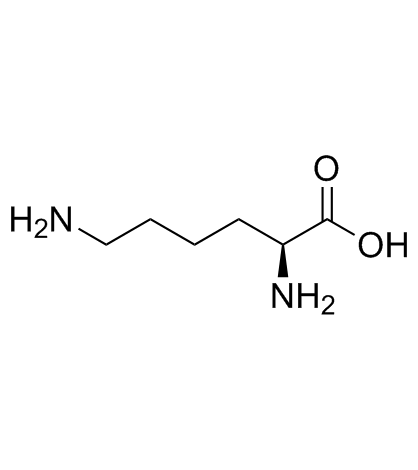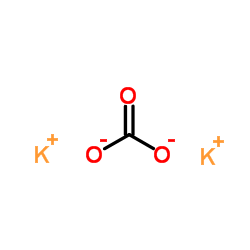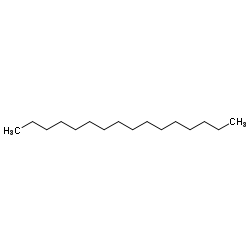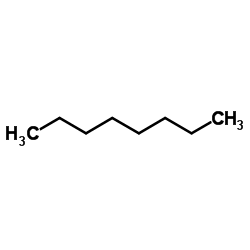| Structure | Name/CAS No. | Articles |
|---|---|---|
 |
sodiumborohydride
CAS:16940-66-2 |
|
 |
Ethanol
CAS:64-17-5 |
|
 |
Ascorbic acid
CAS:50-81-7 |
|
 |
L-Lysine
CAS:56-87-1 |
|
 |
Potassium carbonate
CAS:584-08-7 |
|
 |
3-Aminopropyltriethoxysilane
CAS:919-30-2 |
|
 |
Rhodamine 6G
CAS:989-38-8 |
|
 |
cyclohexane
CAS:110-82-7 |
|
 |
Hexadecane
CAS:544-76-3 |
|
 |
Octane
CAS:111-65-9 |